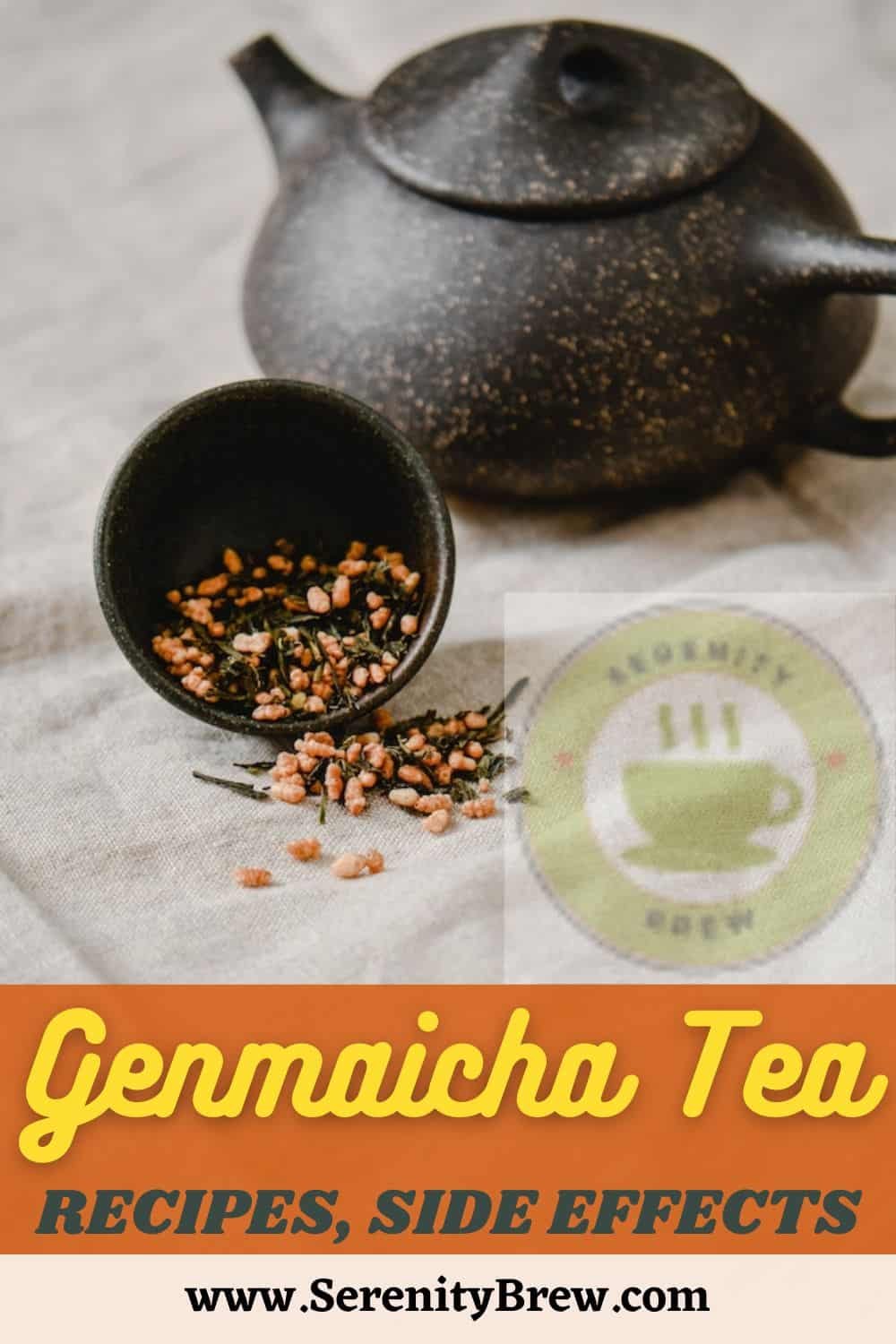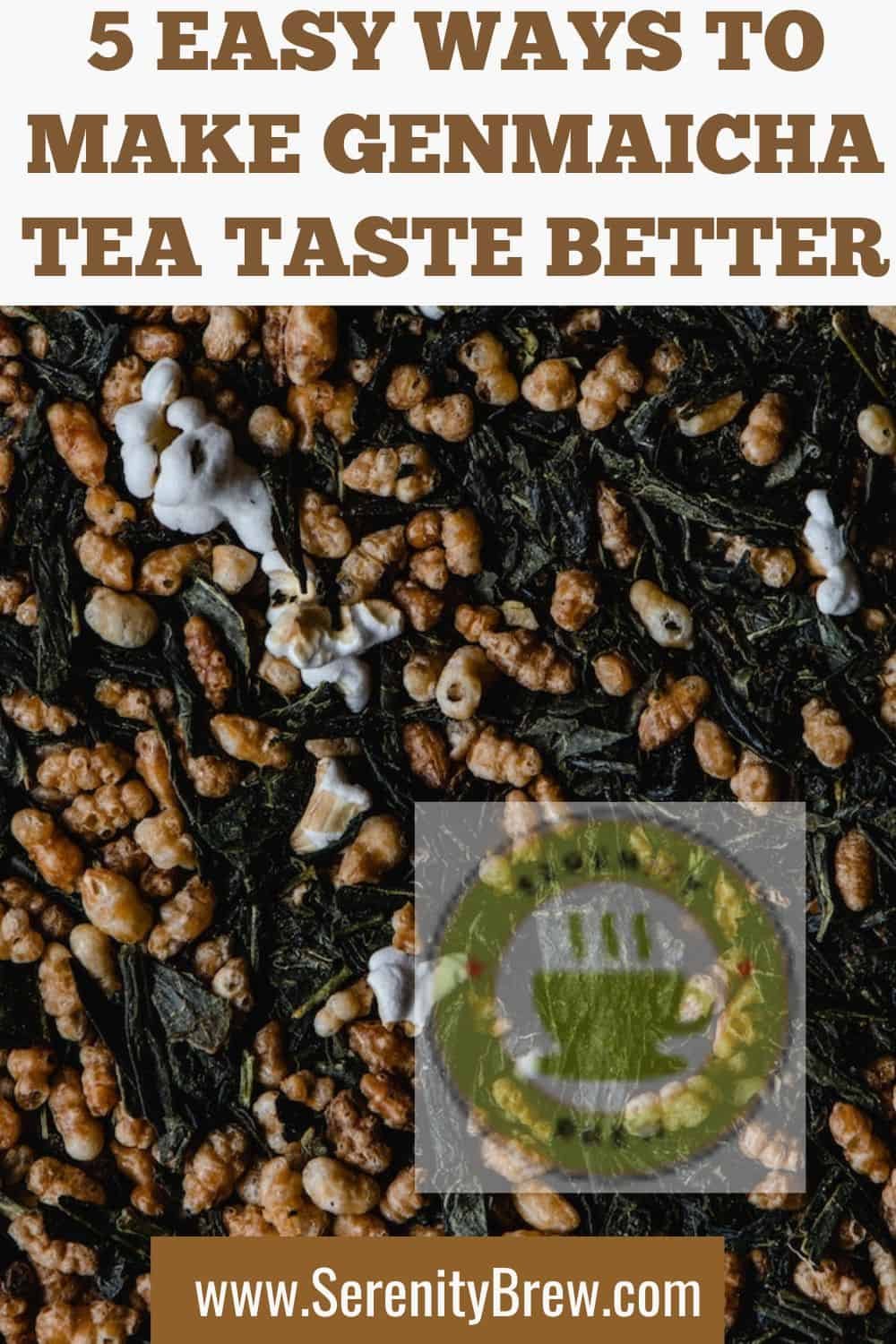History of Genmaicha Tea in Japan: Origins and Evolution
Origins of Genmaicha Tea
The history of Genmaicha Tea in Japan dates back to the 12th century when the Japanese tea culture was just beginning to flourish. As a tea enthusiast, you might find it fascinating to know that its creation was largely influenced by the practices of Buddhist monks in Kyoto.
It is said that a Buddhist monk accidentally combined green tea leaves with roasted rice, resulting in the distinct and unique flavor we now know as Genmaicha Tea. Monks embraced this new blend, as the roasted rice served as a way to extend the amount of tea available, making it more accessible and affordable for religious classes.
In its early stages, Genmaicha Tea was primarily consumed by the monks in their monasteries. However, over time, this humble blend found its way into Japanese tea culture. Its earthy and welcoming taste made it a favorite among locals, who would enjoy it during breaks from their daily activities.
Throughout the years, Genmaicha Tea has maintained its popularity as a comforting and affordable beverage within Japan. As you sip on this warm infusion, you can appreciate the deep-rooted history and tradition that has made Genmaicha Tea an integral part of Japanese culture.
Ingredients and Preparation
Green Tea Varieties
When making Genmaicha, you have several green tea varieties to choose from, each with its unique flavor profile. The most common choices include sencha, bancha, gyokuro, hojicha, and kukicha. Typically, bancha and sencha are used due to their affordability and balanced taste.
Roasted Brown Rice
An essential ingredient in Genmaicha is roasted brown rice. This not only adds a distinctive flavor but also a delightful aroma to the tea. Brown rice can be either toasted or used in its popped form. The combination of green tea and roasted brown rice creates a perfect balance of flavors, with the bitterness of the tea complemented by the nutty, slightly sweet rice.
Matcha-Iri Genmaicha
In some cases, you might encounter a variant of Genmaicha called Matcha-Iri Genmaicha, which includes matchapowder for added flavor and color. Matcha is a very fine green tea powder made from shade-grown tea leaves. Adding matcha powder to Genmaicha enhances the tea’s umami and adds a vibrant green hue.
Steeping Techniques
Proper preparation of Genmaicha is crucial for achieving the best taste. Here’s a simple recipe for steeping Genmaicha:
- Heat water to around 176°F (80°C).
- Measure 1 teaspoon of green tea leaves and 1-2 tablespoons of roasted brown rice per 8-ounce cup of water.
- Combine green tea leaves, roasted brown rice, and hot water in a teapot.
- Steep for 1 to 2 minutes, depending on your taste preferences.
Remember that steeping times and temperatures may vary depending on the specific green tea variety used. In general, bancha and sencha benefit from shorter steeping times, whereas gyokuro or higher-quality teas may require slightly longer steeping. Adjust according to your taste and the specific ingredients you choose for your Genmaicha.
After steeping, pour the tea into cups, ensuring an even distribution of green tea leaves, roasted brown rice, and matcha powder if used. Enjoy your delicious and aromatic Genmaicha tea.
Social and Cultural Significance
In Japan, tea holds a significant place in the cultural and social fabric, with Genmaicha tea being no exception. The history of Genmaicha tea in Japan dates back centuries and is closely intertwined with Japanese tea ceremonies. As you explore this history, you will find that the unique blend of green tea and roasted brown rice has become synonymous with Japan’s culinary heritage.
One of the key aspects of Japanese tea culture is the traditional Japanese tea ceremony, which has played an important role in the social history of Genmaicha tea. The tea ceremony is a sacred ritual where you serve and consume Japanese green tea, including Genmaicha, in a highly stylized manner. Typically held in a teahouse or a specially designated room in a traditional Japanese home, the ceremony requires utmost concentration and deliberate movements while preparing and serving the tea.
A remarkable event in the history of Genmaicha tea in Japan was the introduction of tea cultivation techniques by a Buddhist monk named Eisai, who brought tea seeds from China in the 12th century. He played a pivotal role in popularizing tea, particularly in the Uji region, which later became a prominent tea-growing area in Japan. The ingenuity of the Japanese people led to the creation of Genmaicha tea, which combined the rich flavors of premium green tea with the affordability of readily available roasted brown rice.
Over time, Genmaicha tea has become widely available and affordable to everyone in Japan, from common households to elite tea connoisseurs. Once reserved for special occasions, it is now enjoyed on a daily basis by many. The intriguing blend of flavors has made Genmaicha a popular choice for consumers, leading to its availability in supermarkets and tea shops throughout Japan.
In conclusion, the social and cultural significance of Genmaicha tea in Japan cannot be overstated. From its intimate connection to the Japanese tea ceremony to its widespread availability and affordability, Genmaicha has carved a unique place in Japan’s rich tea culture.
Taste and Aroma
When you first taste Genmaicha tea, you will immediately notice its unique flavor combination. The nutty flavor of the roasted brown rice blends harmoniously with the grassy taste of the green tea, creating a well-balanced and satisfying tea experience. Your taste buds will thank you for the delightful mix of savory umami, roasted notes, and a hint of corn-like sweetness.
As for the body of the tea, it is usually light to medium, making it an easy-to-drink option that can be enjoyed throughout the day. The roasted brown rice component adds an interesting depth and complexity to the taste, without overwhelming the delicate green tea base.
Inhaling the aroma of Genmaicha tea can be just as enticing as sipping it. The fragrance combines the fresh, verdant scent of green tea with the warm, toasty smell of roasted brown rice. The resulting aroma is both inviting and comforting, evoking images of cozy nights spent under a warm blanket. This tea’s diverse range of smells adds another layer of enjoyment to your overall tea-drinking experience.
Remember, brewing the tea at the right temperature (around 175°F or 80°C) will help you appreciate the depth and complexity of its taste and aroma. Be sure not to overbrew or use excessively hot water, as this can cause bitterness and diminish the delightful flavors that make Genmaicha tea so special.
Genmaicha Tea Variations
Genmaicha, also known as brown rice tea or popcorn tea, is a popular Japanese tea that combines green tea with toasted brown rice. This unique blend provides a slightly nutty taste and a pleasant aroma. There are a few variations of this tea worth exploring to enrich your tea-drinking experiences.
Matcha-Infused Genmaicha: One popular variation of genmaicha involves the addition of matcha green tea powder. This combination adds a vibrant green color, a rich, full-bodied taste, and a plethora of health benefits. When selecting this variety, ensure the matcha used is of high quality to obtain the most authentic flavor.
Roasted Rice Variations: The ratio and type of toasted rice used can also impact your genmaicha experience. Some blends are made with a higher proportion of rice, resulting in a more dominant toasted flavor. Others might feature partially popped rice, imparting a popcorn-like note to the tea. Play around with different blends to find the balance that best suits your preferences.
In summary, genmaicha tea offers an interesting range of flavors, textures, and health benefits. With its adaptability, you can easily find your perfect blend to enjoy this centuries-old tradition.
 |  |
| Genmaicha Tea or Popcorn Tea: properties, benefits, uses, side effects | Genmaicha Tea: recipes, side effects |




